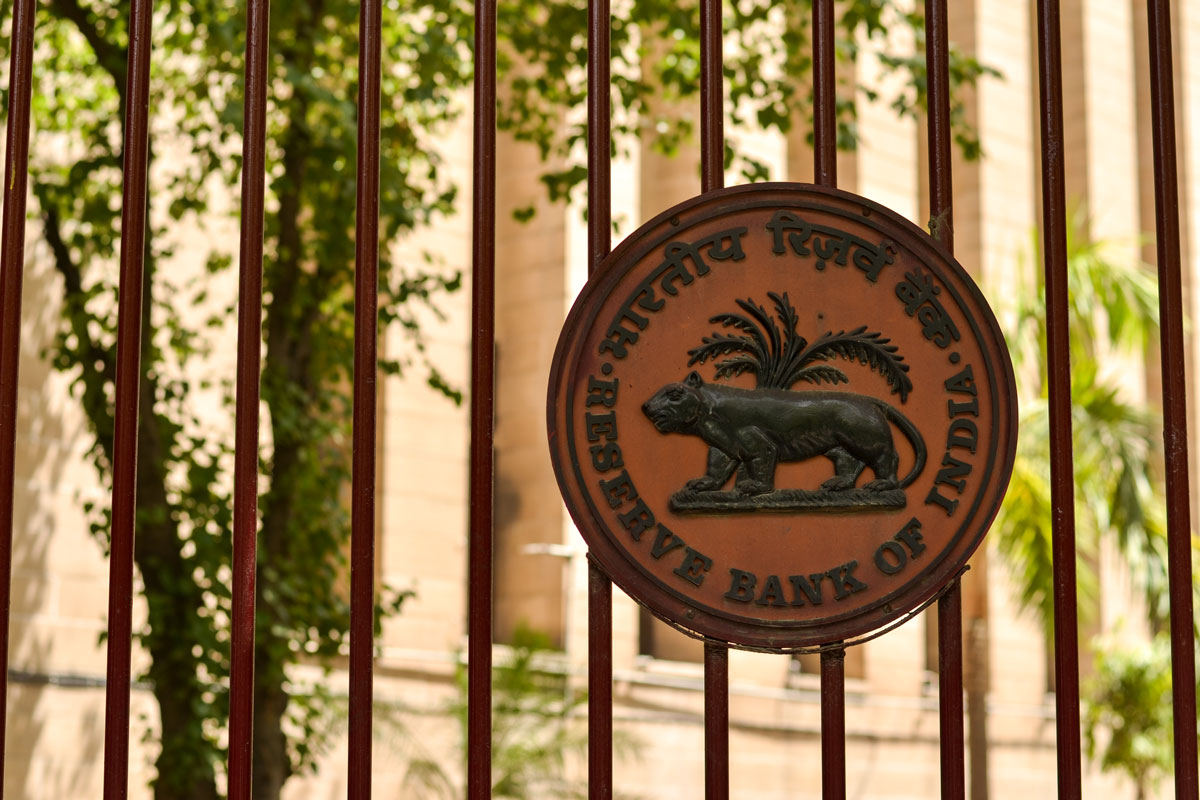This article deals with some of the mitigation strategies already rolled out to address the menace of huge NPAs in Indian banking. The authors do not intend to outline any prescriptive actions but choose to reflect on several ideas, initiatives and schemes put out in recent times. To begin with, two important legislative milestones are worth noting. One was the formation of Debt Recovery Tribunals (DRTs) and the second one was the Securitization and Reconstruction of Financial Assets and Enforcement of Security Interests (SARFAESI) Act, 2002.
Ironically, the inefficient loan recovery system gave promoters tremendous advantage over lenders. Not only could they play one lender off against another by threatening to divert payments to the favoured bank, they could also refuse to pay unless the lender agreed to extend further credit. Sometimes promoters offered extremely low one-time settlements knowing that the system would allow banks to collect even secured loans only after years and in certain cases after decades. Effectively, bank loans in such a system become equity, with a tough promoter enjoying the upside in good times, and forcing banks to absorb losses in bad times, even while he holds on to his equity.
As part of empowering banks, RBI took steps to improve the ineffective Corporate Debt Restructuring (CDR). A large loan database (CRILC) was created which included all loans over Rs. 5 crore as an enabler for mutual information sharing among lenders.
Besides, coordination among lenders through a Joint Lenders’ Forum (JLF) once such early signals were seen was a groundbreaking measure by the central bank. The JLF was tasked with deciding on an approach for resolution, much as a bankruptcy forum does.
At some point of time even RBI, having become wary of the undesirable practices, stepped in to put an end to ever-greening of projects by banks. This measure was widely welcomed. Even the 5/25 scheme was a well thought out mitigation tool. Another important scheme was Strategic Debt Restructuring (SDR). This enabled conversion of debt to equity on a non-permanent basis and it resonated the idea of banks not owning equity for perpetuity.
It may be worth note to remember that initiatives such as S4A (Scheme for Sustainable Structuring of Stressed Assets), D-SIB (Domestic Systemic Important Bank), SMA (Special Mention Account), INDRADHANUSH (1.0 & 2.0), NCLT (National Company Law Tribunal), Insolvency and Bankruptcy code (IBC) etc. were intended not just to improve the immunity within but also provide ammunition to the banking eco-system.
Let’s now spotlight the note on bank NPAs prepared by Raghuram G. Rajan at the request of the Chairman of the Parliament Estimates Committee, Dr. Murli Manohar Joshi. In his note, Rajan highlighted factors such as over-optimism, slow-growth, government permissions and foot-dragging, loss of promoter and banker interest, malfeasance, fraud etc. as the prime reasons for exponential growth of NPAs. On the redressal front, that is to prevent recurrence, the white paper captured a set of recommendations which probably were the essential motive behind seeking the note from a former RBI governor. His improvement suggestions were in four major buckets.
Firstly, improve governance of public sector banks and distance them from the government. He said that public sector bank boards are still not adequately professionalized, and the government still decides board appointments, with the inevitable politicisation. Eventually strong boards should be entrusted with all decisions but held accountable for them.
Besides, it was observed that risk management processes still need substantial improvement in PSBs. Compliance is still not adequate and lacks in spirit, while cyber risk needs greater attention.
Secondly, improve the process of project evaluation and monitoring to lower the risk of project NPAs. It was suggested that more inhouse expertise be brought into project evaluation. Bankers will have to develop industry knowledge in key areas since consultants can be biased.
Significantly it was emphasized that financiers should put in a robust system of project monitoring and appraisal, including real-time monitoring of costs. For example, can project input costs be monitored and compared with comparable inputs elsewhere using IT, so that suspicious transactions suggesting over-invoicing are flagged?
In addition, it was also said that the incentive structure for bankers should be worked out so that they evaluate, design, and monitor projects carefully, and get significant rewards if they work out. IT systems within banks should be able to pull up overall performance records of loans recommended by individual bankers easily, and this should be an input for determining their promotion and pay. Thirdly, strengthen the recovery process further. It was stressed that both the out of court restructuring process and the bankruptcy process needed to be strengthened and made speedier.
The former requires protecting the ability of bankers to make commercial decisions without subjecting them to inquiry. The latter requires steady modifications where necessary to the bankruptcy code so that it is effective, transparent, and not gamed by unscrupulous promoters.
Fourthly, Government should focus on sources of the next crisis, not just the last one. Government should refrain from setting ambitious credit targets or waiving loans. It was mentioned that credit targets are sometimes achieved by abandoning appropriate due diligence, creating the environment for future NPAs. All directed lending, particularly MUDRA loans as well as the Kisan Credit Card, while popular, must be examined more closely for potential credit risk. Lastly, it was called out that loan waivers vitiate the credit culture and stress the budgets of the waiving state or central government and leave few resources for other developmental projects.
Rajan also made a passing reference to the twin balance sheet syndrome, that is challenges faced by the banks are linked to that of corporate sector.
(To Be Concluded)












